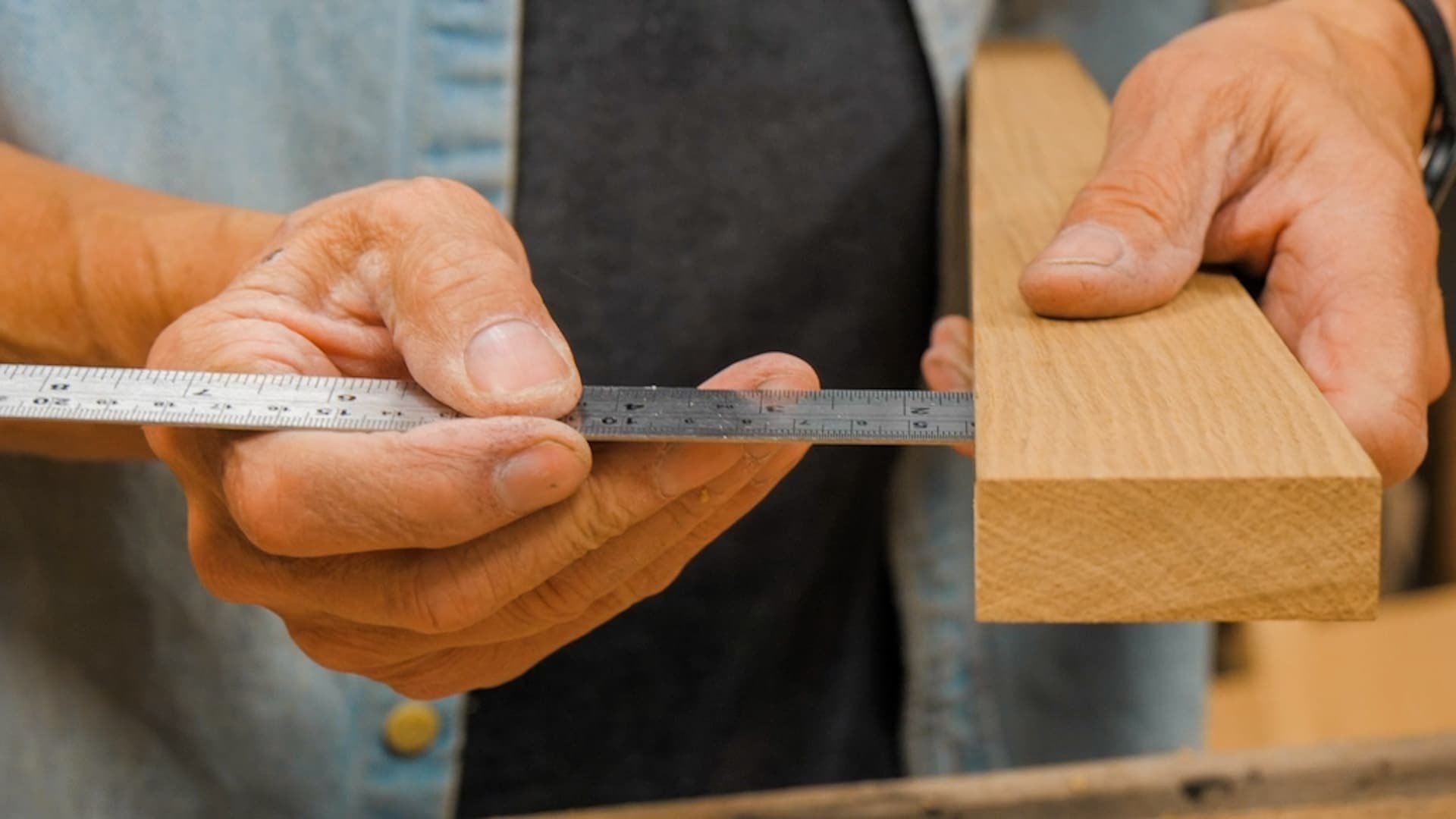Sellers Home Oval End Tables: Episode 2
Posted 28 September 2022
This is an episode in a paid series. Want to watch it? You just need to sign up as a paid member, and you can enjoy this video and many other videos we think you will love.
There are many tricks of the trade packed into this episode, starting with layout and following with joint making; using my mortise guide for both fast layout, then chopping of the mortise holes and laying out the tenons. The leg frames come together quickly, because we have reduced the usual eight mortise and tenon down by half, to just four. With the leg frames made and assembled, we focus on the more complex half housing of the middle of the two rails. The step-by-step instruction shows the layout at an angled position, so that the legs are distanced close to the extreme of the table. This makes the table more stable and less tippy.


Thanks Paul. In the beginning of this video (ca. 1 min mark), I noticed you were using a different mallet to cut your mortises. Was this one of the mallets you made in the 1960s? Just curious as you have blogged about them as well as in early Master Classes shown how to make them. What kind of wood was it? It had a nice patina to it.
Morning here in Australia Paul. So, the angled haunch is to save time? I guess the sides still give enough strength to warrant doing the haunch? As opposed to a full depth standard one?
Chris B
Can anyone shed any light on how the angle of 124 degrees was arrived at? Was it purely an aesthetic choice? Given a top of 21″ x 12 1/2″, bisecting the corner to corner diagonals of the rectangle gives an angle of 118.5 degrees, so something else must have been taken into consideration to come out at 124? thanks.
Chris
I showed Paul your question and Benoît’s answer and he agreed with the explanation.
Just a guess:
The top of the legs come in a smaller ellipse.
if one has an overhang of about 2″ where the top of a leg comes and than consider a rectangle (21-4)” X (12.5-4)” or 17″X8″1/2, the rectangle has a different aspect ratio and the angle is different.
There are two criteria I would consider: stability (tipping risk with weight on the edge at the end of one of the two axis) and aesthetic.
The un-stability(?) overhang is what is protruding with regard of the rectangle of the foot on the ground. It is a compromise between the overhang on the long axis and on the short axis.